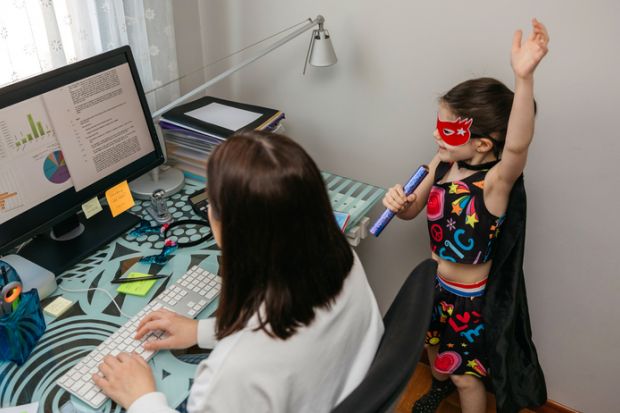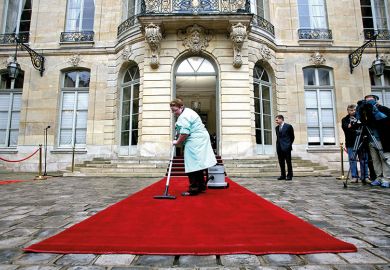The gender gap in medical research publishing appears to have more than doubled in the first few months of the coronavirus outbreak, joining a sweeping set of pandemic-driven equity declines across higher education.
A study involving about 50,000 articles in medRxiv, a leading preprint repository for the health sciences, found that the gap by which male authors outnumbered females grew from 23 per cent in January to 55 per cent in April.
The finding suggests more evidence that women in academia “perform a greater proportion of domestic work than men, including in dual academic career partnerships”, authors from the University of Texas MD Anderson Cancer Center write in JAMA: The Journal of the American Medical Association.
The study is part of an accumulating body of evidence that the coronavirus pandemic is sharply exacerbating gender and racial disparities across US higher education, from leading research labs down to first-year undergraduates.
Other recent examples include data showing sharp drops in lower-income high school seniors completing the financial aid applications they need to attend college; community colleges and black students enduring the highest rates of summer enrolment declines; and lower-income students dropping out of university this autumn at twice the rate of other students.
The JAMA study, led by Mackenzie Wehner, an assistant professor of health services research at MD Anderson, fits with a series of studies before the pandemic showing the differential burden of family responsibilities facing women in the sciences.
For women, the rising gender imbalance appears to reflect “the disproportionate role they played in domestic and childcare work”, Nancy Spector, a professor of paediatrics at Drexel University, wrote in a JAMA commentary accompanying the MD Anderson study.
Dr Wehner and her team did, however, note some cautions about their data, including the possibility that the relatively small gender gap of 23 per cent in January could reflect a seasonal variation.
The study authors also acknowledged that their data found no Covid-related bump in the gender gap at bioRxiv, another online repository for posting research findings ahead of their publication in peer-reviewed journals.
The percentage gap between male and female authors at bioRxiv was found to be in the mid-40 range for entire period studied, from September 2019 to May 2020.
The year-old medRxiv server specialises in human health sciences, while bioRxiv dates to 2013 and more broadly concerns life sciences. Both are operated by the Cold Spring Harbor Laboratory in New York.
The difference between the two servers, in terms of the effects detected by the MD Anderson analysis, could reflect the rapid production of research related to the novel coronavirus immediately after its emergence, said John Inglis, a co-founder of both medRxiv and bioRxiv.
The medRxiv server far outnumbers bioRxiv in terms of Covid-related papers, and female scientists – who tend to be younger and more likely to have childcare responsibilities – may have been “specifically disadvantaged during the early months of the pandemic”, said Dr Inglis, executive director of the Cold Spring Harbor Laboratory Press.
Register to continue
Why register?
- Registration is free and only takes a moment
- Once registered, you can read 3 articles a month
- Sign up for our newsletter
Subscribe
Or subscribe for unlimited access to:
- Unlimited access to news, views, insights & reviews
- Digital editions
- Digital access to THE’s university and college rankings analysis
Already registered or a current subscriber? Login








